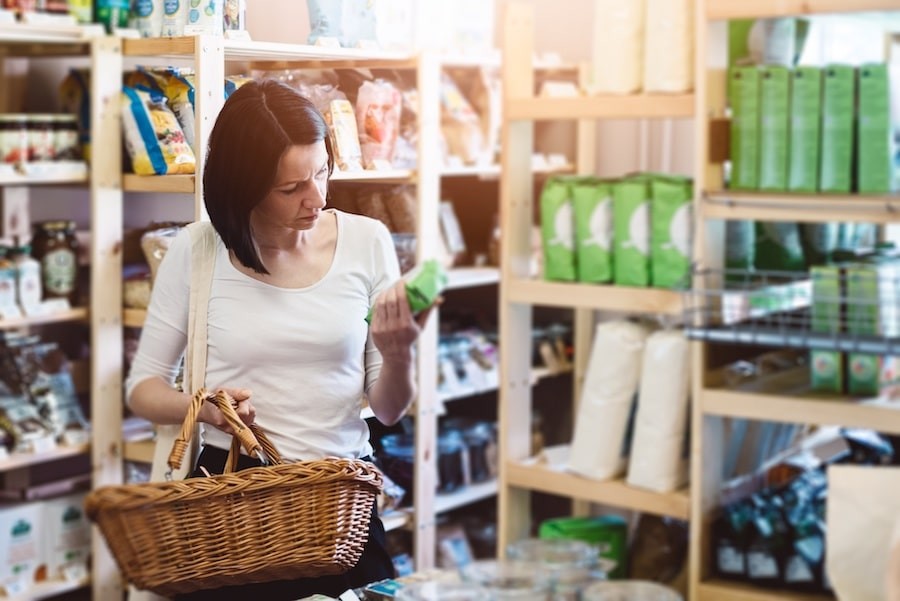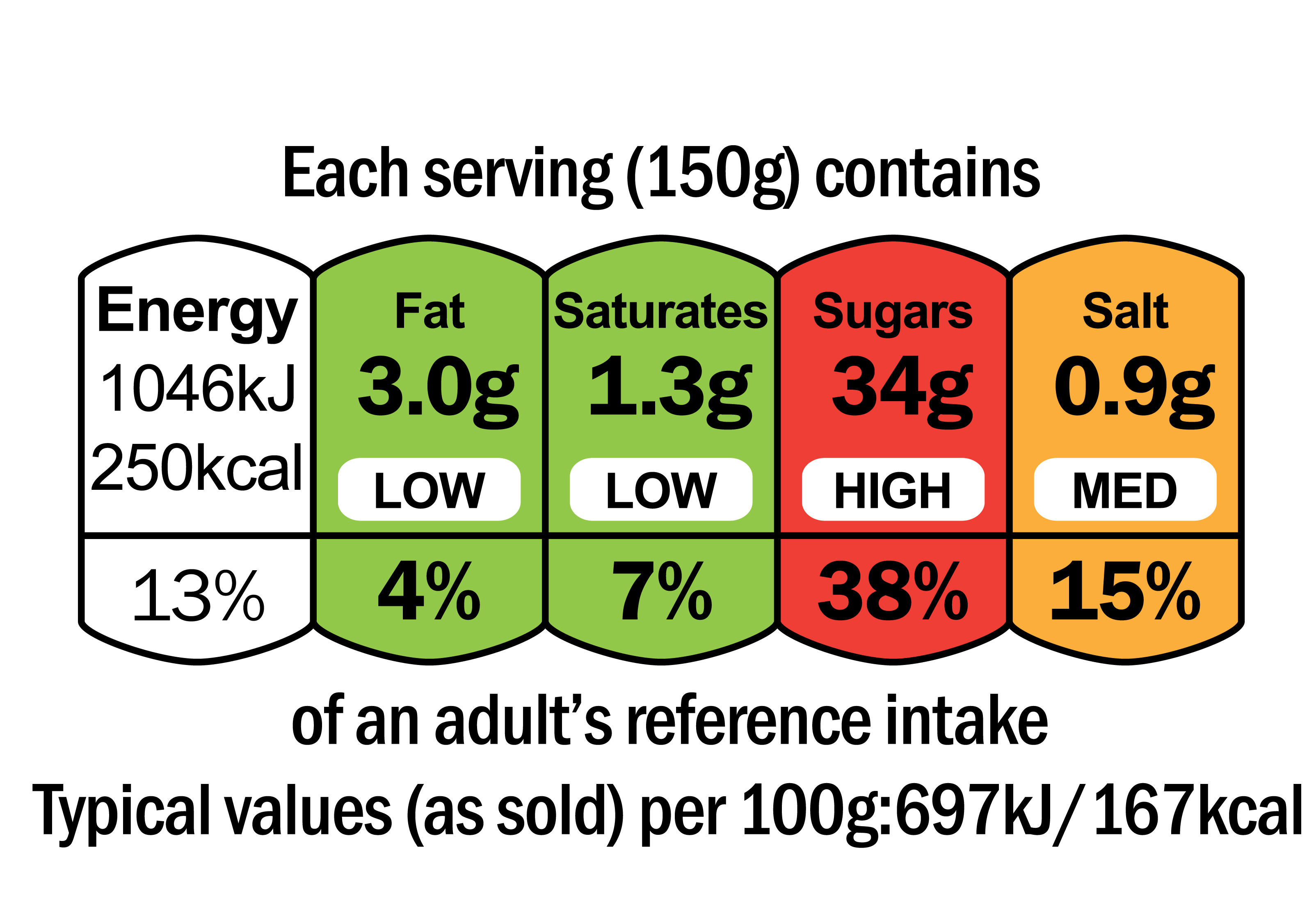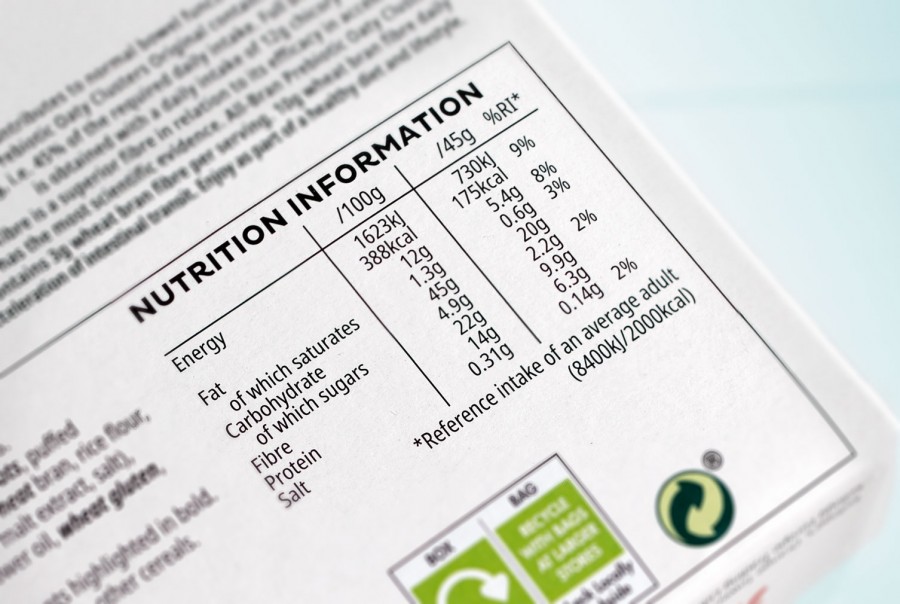How to read and understand food labels when managing diabetes

Managing your diet can be made easier by reading and understanding food labels. Since nutritional labelling is sometimes not easy to understand, how do you go about understanding the information on food packaging when you have diabetes?
These tips can help you to better understand nutritional labelling and help to avoid misinterpretations, which will give you valuable guidance in choosing the food products most suited to you.
Is nutrition labelling the same in all countries?
Nutrition labeling now has a standardised format adopted by international consensus. The Codex Alimentarius, drafted by WHO (World Health Organisation) and FAO (Food and Agriculture Organisation of the United Nations), regulates the mandatory information to be displayed on food items. The list of ingredients, in decreasing order of weight proportion (highest to lowest), allergens, and additives are all specified on the side or back of pre-packaged food. The front of packaging can also have a brief colour coded reference guide to see nutritional contents quickly and easily, we’ll discuss this more below.
The label on a food product must also state:
- the amount of energy per 100g or ml or the amount of energy contained in a recommended portion of the food, expressed in kilocalories and kilojoules;
- the number of grams of protein, carbohydrate, and fat per 100g or ml of the food or the number of grams of protein, carbohydrate, and fat contained in a recommended portion of the food.
Labelling can be difficult to understand
Because a well-balanced diet is an important part of maintaining management of diabetes and directly contributes to the stability of blood glucose, it is helpful to learn how to go beyond the nutritional claims indicated on the packaging and take the time to fully understand food labels.
Colour Coding
The example below is the quick reference guide that can usually be found on the front of food packaging. Generally, most food packaging works with a colour code system, with red, amber and green colours to show high (red), medium (amber) and low (green) nutrition proportions.

This picture shows that there is a high (red) sugar content which is 38% of an adult’s recommended daily allowance of sugar, then salt follows next with a medium (amber) content of 15% of an adult’s recommended daily allowance of salt, then finally, fat and saturates are low (green) in content, providing 4% and 7% of an adult’s recommended daily allowance. Daily allowances are based on what is recommended to maintain a healthy balanced diet. It’s advisable to pick items with more green and amber colour references, as you know these are lower values and often a better choice when maintaining a well balanced diet.
It also shows that a 150g serving contains 1046 kilojoules and 250 kilocalories, providing 13% of a suggested daily energy amount for an adult.
Do you know the difference between KCAL and KJ?
'Kcal' or 'Kilocalories' are what we widely refer to and are commonly known as calories.
'KJ' or 'Kilojoules' are the metric measurement of calories.
Please note that the suggested portion size listed on the front of the packaging might be different from the portion you need or would like. This is particularly important for young adults and children who may need smaller portions. To work out the contents that suits your own portion size, the bigger reference label on the side or the back of the package will give you a more in depth breakdown per 100g of food.

When reading food labels, it is important to understand the difference between simple and complex sugars, as their effect on blood glucose levels is not the same:
- Simple, or “fast”, sugars have a high glycaemic index and will therefore be rapidly digested, which can cause hyperglycaemia.
- Complex, or “slow” sugars, with a lower glycaemic index, will cause smaller, slower increases in blood glucose.
When you choose foods rich in sugars, it is also better to combine them with foods with a high fibre content as these have the ability to slow the absorption of sugars and therefore lower your blood glucose peak. Likewise, try to choose whole grain starchy foods as they are also high in fibre.
Beware of hidden sugars and misleading information
Understanding food labels properly also means knowing how to spot sugars that we would not suspect are in the ingredients of certain dishes. For example, some food products labelled as being “light” or ‘low fat’ often contain more sugar even if their fat content is lower, so it can be useful to double check the nutritional information on the label to make sure.
Some additional tips for food shopping
When reading the label of food packaging, it’s helpful to also be mindful of the salt content and fatty acids. Eaten in large quantities, salt causes hypertension and kidney complications and fatty acids can lead to cardiovascular problems.
It can also be helpful for people with type 2 diabetes to keep track of overall calorie intake because a high-calorie diet can lead to excess weight and worsen insulin resistance.
Sources
- Roberto CA, Khandpur N. Improving the design of nutrition labels to promote healthier food choices and reasonable portion sizes. Int J Obes (Lond). 2014 Jul;38 Suppl 1(Suppl 1):S25-33.
- FAO/WHO. Food Labelling (Codex Alimentarius) - Fifth Edition. 2007.
- Lambrinou E, Hansen TB, Beulens JW. Lifestyle factors, self-management and patient empowerment in diabetes care. Eur J Prev Cardiol. 2019 Dec;26(2_suppl):55-63.
- Gołąbek KD, Regulska-Ilow B. Dietary support in insulin resistance: An overview of current scientific reports. Adv Clin Exp Med. 2019 Nov;28(11):1577-1585.
- Lau C, Faerch K, Glümer C, Tetens I, Pedersen O, Carstensen B, Jørgensen T, Borch-Johnsen K; Inter99 study. Dietary glycemic index, glycemic load, fiber, simple sugars, and insulin resistance: the Inter99 study. Diabetes Care. 2005 Jun;28(6):1397-403
- Nguyen PK, Lin S, Heidenreich P. A systematic comparison of sugar content in low-fat vs regular versions of food. Nutr Diabetes. 2016 Jan 25;6(1):e193.


